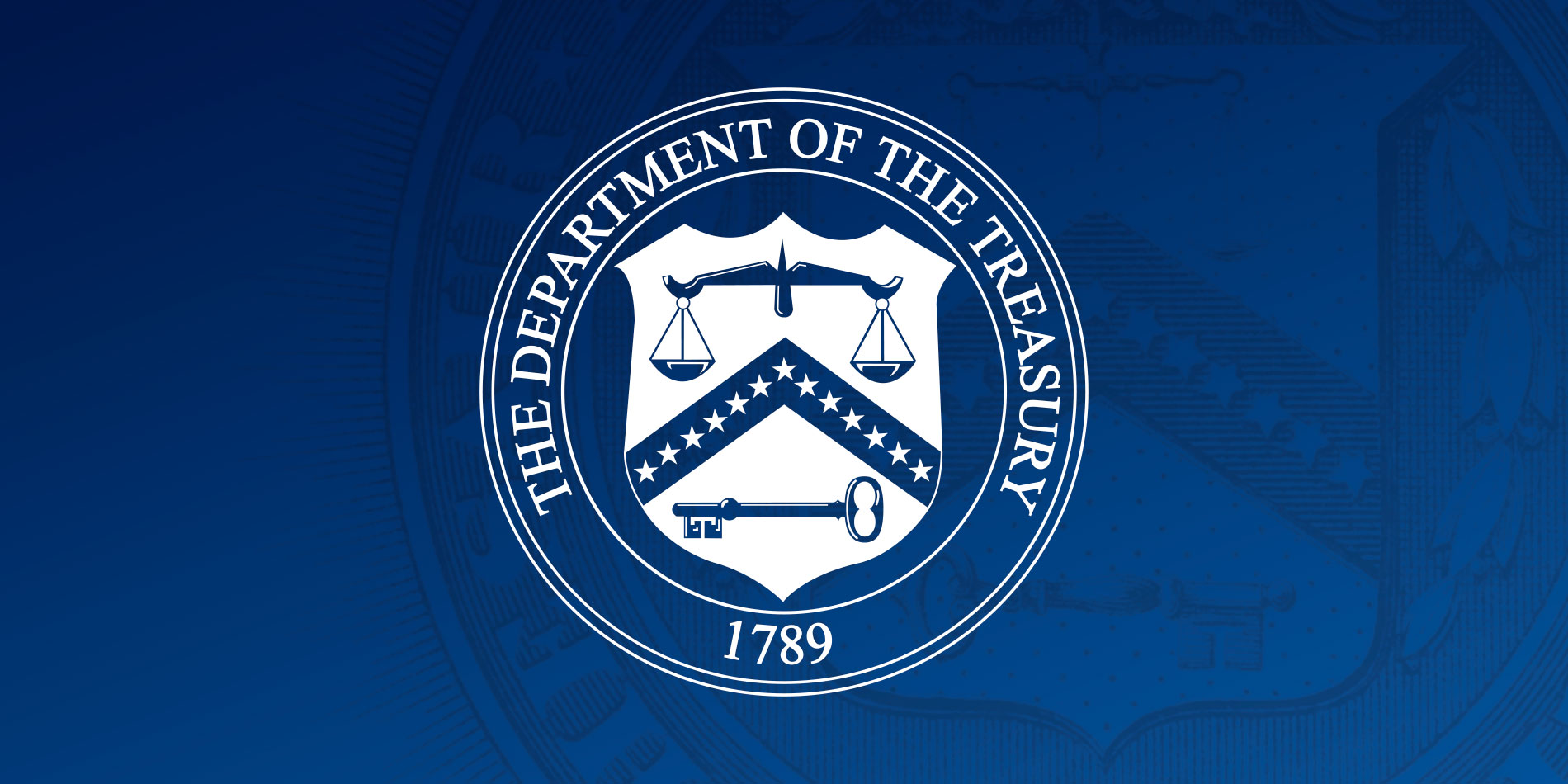WASHINGTON, D.C. – As part of the Biden-Harris Administration’s Investing in America agenda, the U.S. Department of the Treasury, the U.S. Department of Energy, and the Internal Revenue Service (IRS) today released additional information on key provisions in the Inflation Reduction Act to strengthen energy security and drive investment to hard-hit coal communities and underserved communities.
Treasury and IRS established the expanded Qualifying Advanced Energy Project Credit program under section 48C of the Internal Revenue Code on February 13, 2023. Today, Treasury and the IRS released guidance that provides additional information about the application process and technical guidance for the program.
“President Biden’s Investing in America agenda ensures all communities benefit from the growth of the clean energy economy by driving investment in areas of the country that have often been overlooked and left behind,” said Deputy Secretary of the Treasury Wally Adeyemo. “These investments will improve the nation’s energy security and create good-paying jobs in vital fields like clean-energy manufacturing and critical materials processing. They will also allow for existing energy infrastructure to be retooled for the clean energy economy. All this work will contribute to lower energy costs for families who have struggled to pay their utility bills.”
“Every community can benefit from President Biden’s agenda to Invest in America through the revitalization of domestic manufacturing, the strengthening of domestic clean energy supply chains and the modernization of our nation’s industrial sector,” said Deputy Secretary of Energy David Turk. “The guidance announced today will help usher in investments that will further spur the creation of quality jobs in every pocket of our country, while strengthening our energy resilience.”
“The Qualifying Advanced Energy Project Credit program is a game-changer for clean energy investment,” said John Podesta, Senior Advisor to the President for Clean Energy Innovation and Implementation. “This credit will help companies tap the talent and innovative potential of the energy communities and workers who have powered our nation for more than a century.”
The Qualifying Advanced Energy Project Credit renews and expands a tax credit created in 2009 through the American Recovery and Reinvestment Act. It provides incentives for clean energy manufacturing and recycling, industrial decarbonization, and critical materials processing, refining, and recycling. A broad variety of projects are eligible to apply for an investment tax credit of up to 30 percent, ranging from manufacturing of fuel cells and components for geothermal electricity and hydropower, to producing carbon capture equipment or installing it at an industrial facility, to critical minerals processing.
The Inflation Reduction Act provided $10 billion in new funding for the Qualifying Advanced Energy Project Credit program. Congress required that at least $4 billion be reserved for projects in communities with closed coal mines or retired coal-fired power plants. The initial funding round will include $4 billion, with about $1.6 billion reserved for projects in these designated coal communities.
To apply, taxpayers will submit concept papers describing the proposed project. Taxpayers whose concept papers receive a favorable review will be encouraged to submit a full application. Concept paper submissions will be accepted starting June 30, 2023, and the deadline for concept papers will be July 31, 2023. Beginning today, taxpayers can access information and materials for preparing their concept papers. More information for potential applicants, including a 48C mapping tool and an upcoming informational webinar, is available on the Department of Energy’s 48C webpage.
Treasury and IRS also released a Notice of Proposed Rulemaking (NPRM) for the Low-Income Communities Bonus Credit program under Section 48(e) of the Internal Revenue Code, which was established on February 13, 2023. The NPRM proposes rules for the application process and technical guidance for this program, which provides up to a 20-percentage point boost to the Investment Tax Credit for up to 1.8 gigawatts annually of solar and wind energy projects (with maximum output of less than 5 megawatts) located in low-income communities or otherwise serving low-income populations.
The NPRM reflects recommendations from a broad array of industry and environmental justice stakeholders to evaluate applications on an expedited basis and provide applicants clarity as quickly as possible. Treasury and IRS intend to release final guidance related to the 2023 program prior to applications opening later this year.
For more information on Treasury’s implementation work around the Inflation Reduction Act, see below.
August 16, 2022: Treasury Releases Initial Information on Electric Vehicle Tax Credit Under Newly Enacted Inflation Reduction Act
November 4, 2022: READOUT: Stakeholder Roundtable on Clean Vehicles and the Inflation Reduction Act
November 29, 2022: Treasury Announces Guidance on Inflation Reduction Act’s Strong Labor Protections
December 12, 2022: Treasury and IRS Set out Procedures for Manufacturers, Sellers of Clean Vehicles
December 19, 2022: Treasury, IRS issue guidance on new Sustainable Aviation Fuel Credit
April 4, 2023: Treasury Releases Guidance to Drive Investment to Coal Communities
May 12, 2023: Treasury Department Releases Guidance to Boost American Clean Energy Manufacturing
###
Official news published at https://home.treasury.gov/news/press-releases/jy1510


